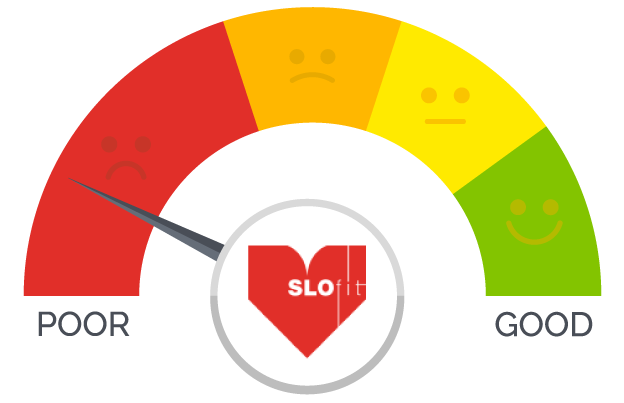Importance of engaging with governmental public health mechanisms to ensure child physical fitness is a national health priority
To establish fitness monitoring system, it is vital to engage the public health mechanisms of government to make child physical fitness a national health priority. This is especially true during a global pandemic where freedom of movement is often restricted.

Currently, there is not enough emphasis placed on maintaining PA levels in most countries, especially since data clearly indicate that national policies to the global pandemic can lead to drastic changes in the general public’s non-residential mobility patterns(1). We believe it is incumbent on research scientists to establish, promote and communicate a harmonised approach to PA guidelines in times of (self) quarantine (2), and to continuously petition the national governmental bodies to make moving a priority. Clear messaging on confinement PA best-practices will become especially important as the effects of poor movement, and increased obesity rates inflate as a result of global changes in movement patterns persist.
As an example on how to maintain this communication strategy with federal officials, take for example the steps SLOfit researchers took to engage with the public and government during the first wave of the COVID 19 pandemic. For context, on 12 March at 18:00, Slovenia declared an epidemic on the basis of Article 7 of the Infectious Diseases Act due to the growing number of cases of coronavirus infections, and all workplaces, schools and other public services were temporarily suspended from 16 March, 2020(3). A national plan was activated based on the expert opinion of Slovenia’s public health agency (NIJZ) and following the declaration of the World Health Organization (WHO) that COVID-19 was indeed a pandemic. Rules regarding business operations, cafes and movement were subsequently relaxed on 4 May 2020, with kindergartens and schools for the first 3 primary school grades set to open 18 May 2020, for a total of 63 days when most public services were suspended and the greatest social distancing and self-isolation measures were in place. The vast majority of Slovenian schoolchildren (aged 6 to 19) participate in a nation-wide, school-based physical fitness surveillance programme “SLOfit”(4); this system has allowed teachers and researchers access to high-quality, standardised data on physical fitness and education, used to directly inform public policy.